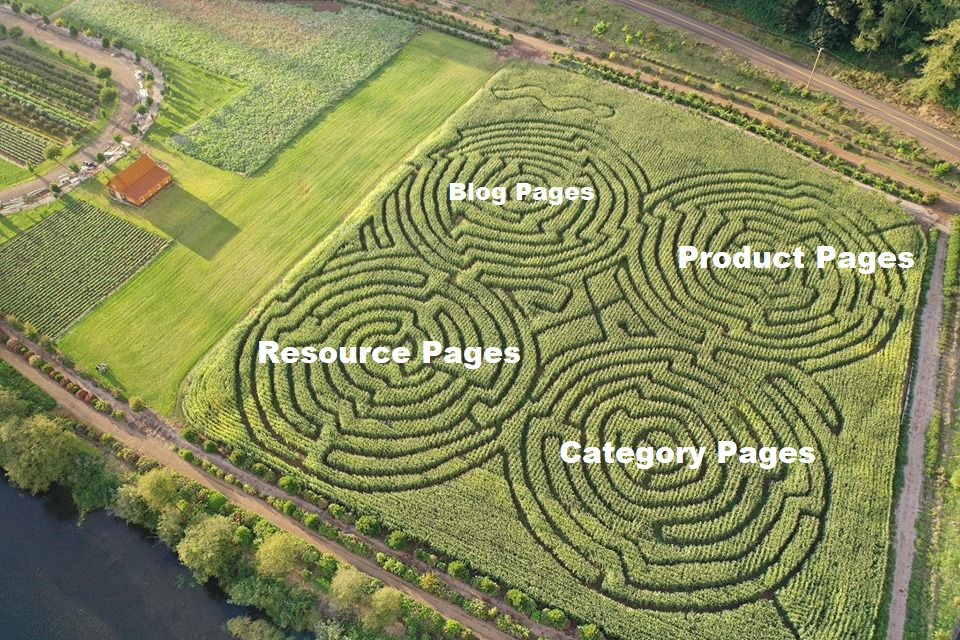Search engines such as Google and Bing relies on numerous ways to provide relevant search results by crawling and indexing billions of web pages per day – and one systematic way that is used to help filter pages to serve when a person search for something is to use a website’s Sitemap.xml.
So you wonder……
What in the world is a sitemap.xml?
The short answer: A sitemap.xml is file that resides on your domain that list out all the pages of your website and in a simple text format called .xml.
The long answer: It is a lists of of links for the website in a file called sitemap.xml. It contains all the details that provides signals to search engine crawlers such as the frequency that page is updated, the importance and hierarchy of a specific web page and the last time the web page was updated. It is more than likely a human will not see it, and if a person does stumble upon it – the page will look like gibberish programming code.
A good analogy for a sitemap.xml is like having a map before going in a corn maze. It would help the person navigate the various areas of the maze with ease. For search engine crawlers, the sitemap is similar to getting the map to a website and easily identifying the important pages to crawl and index.

XML is one of the most widely-used formats for sharing structured information today: between programs, between people, between computers and people, both locally and across networks.
Why do you need a good sitemap.xml?
You want search engines to crawl important page, and not so important pages of your website so that it can be indexed and found when somebody queries for it on a search engines. In some rare cases, pages end up without any internal links pointing to them, making them hard to find but with an XML sitemap lists, it makes sure Google can find and crawl them all, also helping it understand your website structure.
A good XML sitemap acts as a roadmap of your website that leads Google to all your important pages. XML sitemaps can be good for SEO, as they allow Google to quickly find your essential website pages, even if your internal linking isn’t perfect. This post explains what they are and how they help you rank better.
Googlebot explores the web, moving from page to page. Along the way, it records information about the various links it visits and how they’re related. Google then uses this data to create search results, and determine what searches a particular piece of content is most relevant for.
A sitemap (also called an ‘XML sitemap’) is a file that none of your human visitors will ever see. It’s marked for ‘search engine eyes only’, and lists out every page on your site. As it turns out, this simple file is an enormously valuable tool.
What are some of the characteristics of a good xml sitemap?
XML sitemap is just one of the format. There are a few other versions that is well developed such as Text and RSS, however XML is still one of the most popular version and supported by Google.
You can find an how to article on excellent xml sitemap and submitting it to Google.
What are some of the elements of a good xml sitemap?
Here are 7 elements of a good sitemap.